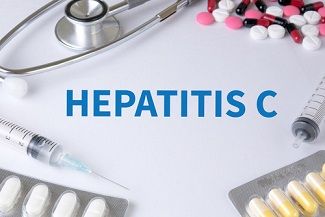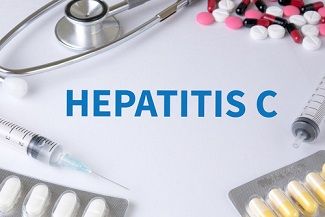
In 2021, Israel’s Ministry of Health (MoH) implemented a national hepatitis C (HCV) elimination program. They decided to use the World Health Organization’s (WHO) elimination goals, which are to reduce new hepatitis infections by 90% and deaths by 65% between 2016 and 2030.1-2
Since its inception, Israel has made inroads in getting more people screened and into the continuum of care. “By May 15, 2023, the program had identified 865,382 at-risk persons, of whom 555,083 (64.3%) were serologically screened for hepatitis C virus (HCV), which was detected in 24,361 (4.4%). Among 20,928 serologically positive patients, viremia was detected in 13,379 (63.9%), of whom 10,711 (80%) were treated, and 4,618 (96.5%) of 4,786 persons receiving posttreatment HCV RNA testing had sustained virologic response,” the authors wrote.
In addition, to the program getting more people screened, they evaluated the costs associated with it.
“We estimated costs of ₪14,426 (new Israel shekel; ≈$3,606 USD) per person whose HCV infection was diagnosed and successfully treated. The program yielded screening and treatment in almost two thirds of the identified at-risk population,” they wrote.
Programs
As part of the country’s program, they included targeted screening, awareness campaigns, and a patient registry.
Targeted Screening.
The MoH put in new directives mandating individuals who emigrated from an endemic country or identified in any of the risk groups be referred for HCV testing. In addition, the MoH dedicated taskforces for subpopulations that did not have interactions with primary care providers and that required outreach, such as people who inject drugs (PWID).
Awareness Campaigns.
The MoH educated healthcare workers with online e-tutorials about the elimination program and the individuals’ roles in it. Both the Ministry and health maintenance organizations provided the public with hepatitis C leaflets. These leaflets described the HCV asymptomatic phase and the need for early diagnosis and treatment.
The Ministry also opened a HCV web portal and uploaded a questions and answers video to the Ministry’s YouTube channel. The strategic network distributed links to the public. The Ministry also conducted interviews with the Israeli media, placed advertisements, and awareness campaigns.
The ministry also worked with municipalities, unions, and other ministries to raise awareness to encourage citizens to undergo HCV screening.
Patient Registry.
A registry was developed with the status of each identified patient monitored, and reported to the MoH in an individualized, yet anonymized system. Data collected for the registry including the patient’s status from the initial serology testing through subsequent PCR testing, treatment, and eventually SVR, where indicated.
Results
The program yielded positive results with regards to increasing screening. “This study demonstrated that a targeted approach provided HCV screening to a large percentage (64.3%) of identified at-risk persons in Israel and a substantial steady increase in the number of patients treated over time. The SVR results confirm previous research showing HCV resolution in >95% of treated patients,” the authors wrote.
While the authors acknowledged they won’t eliminate hepatitis C in Israel by 2030, “prevalence will substantially decrease,” they wrote.








ovfyp3